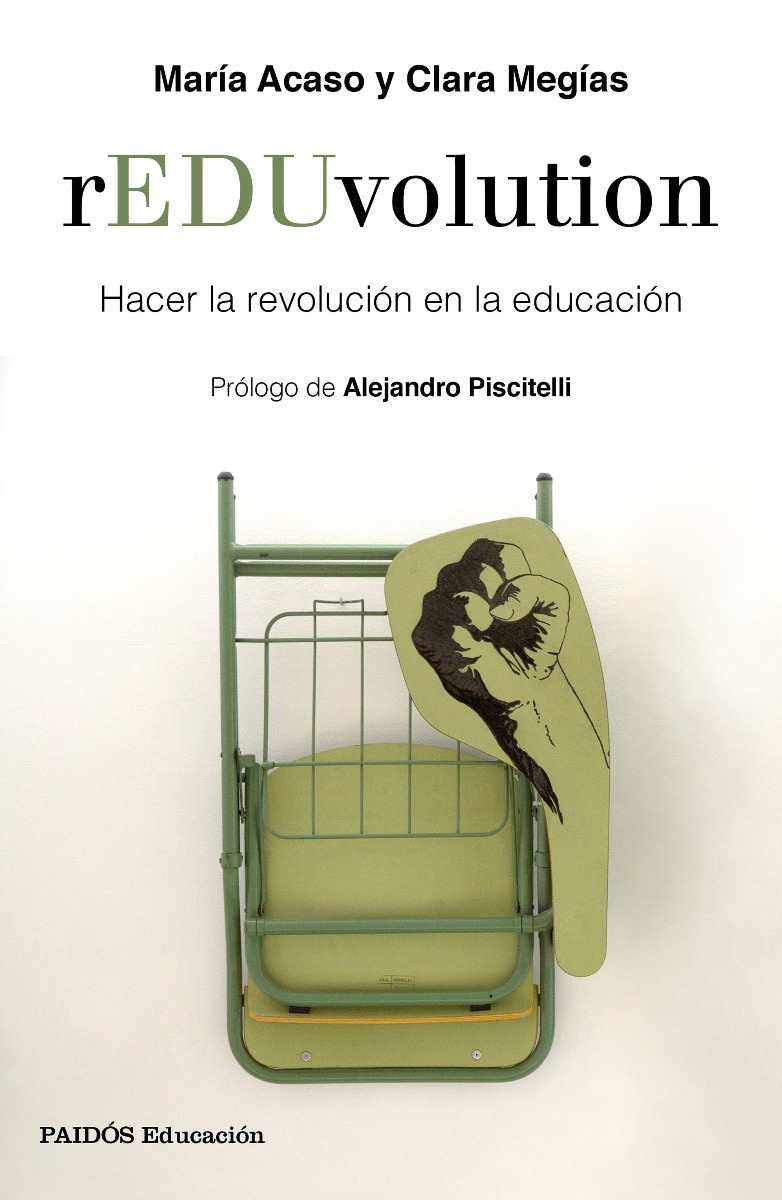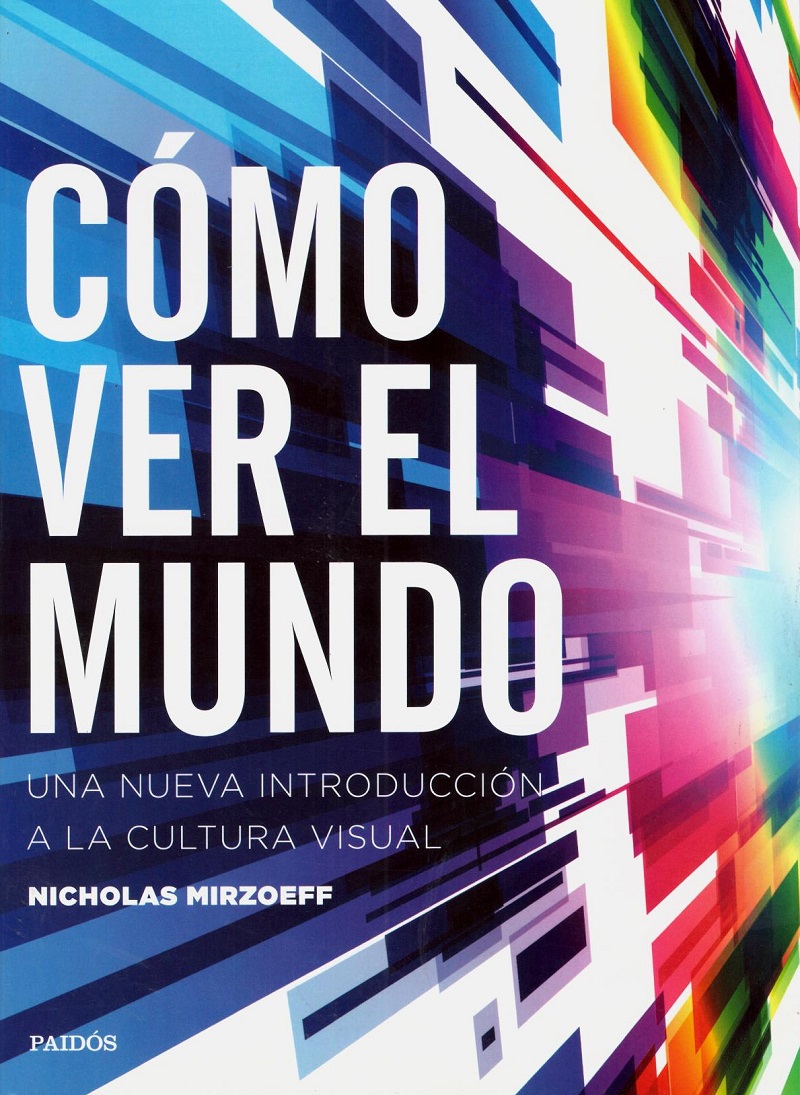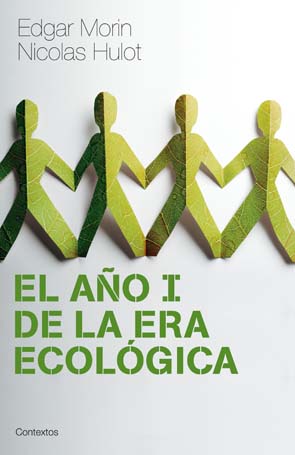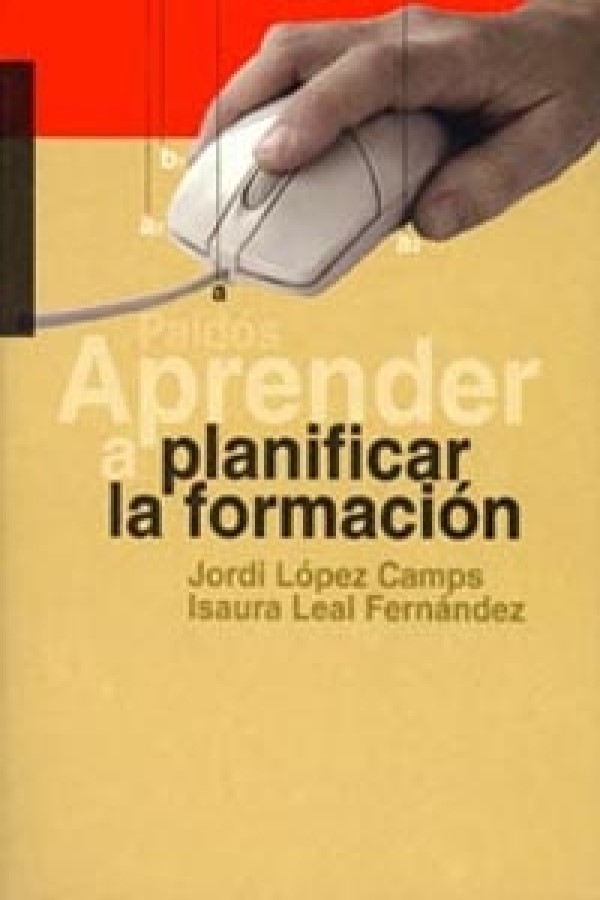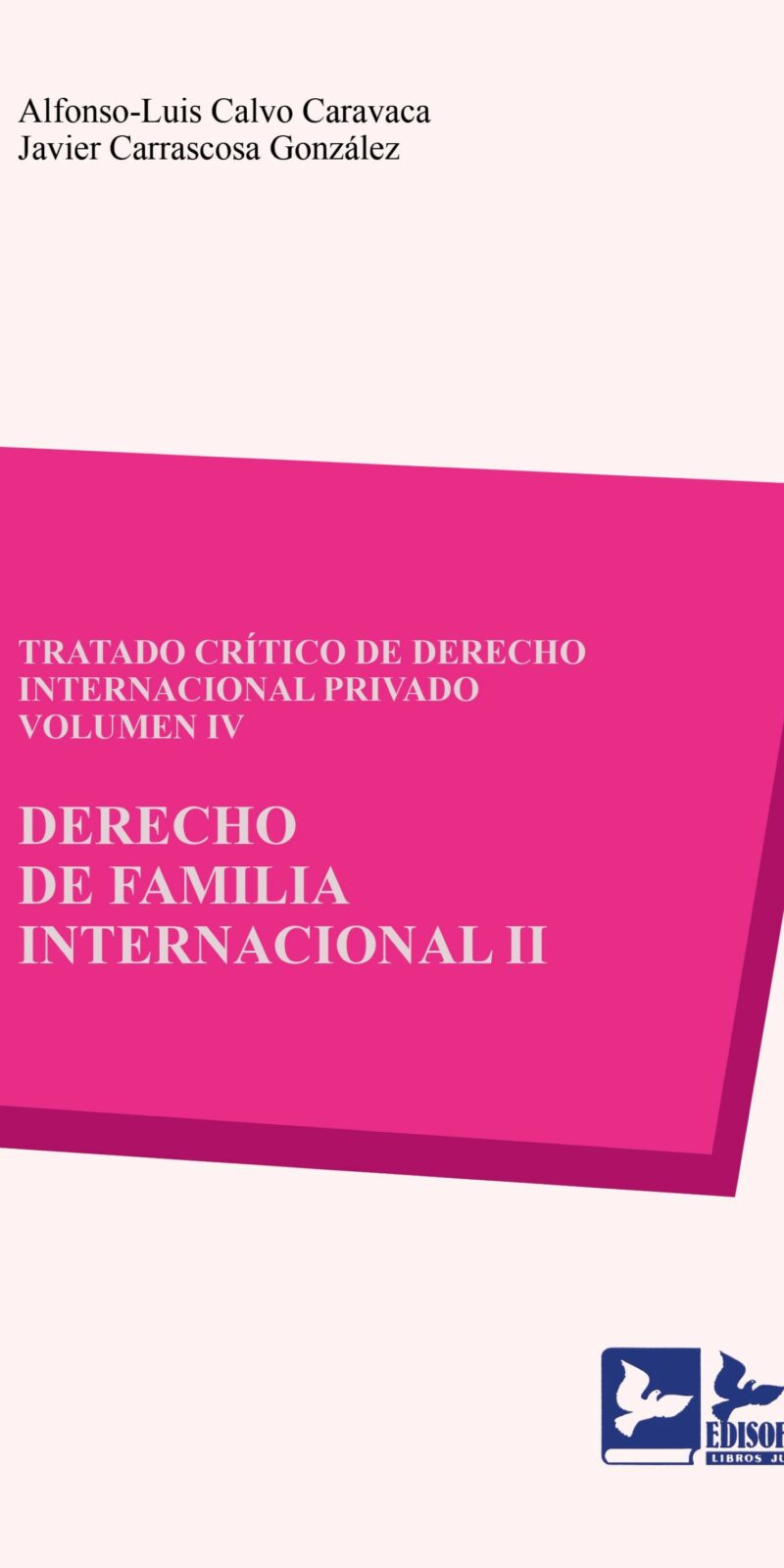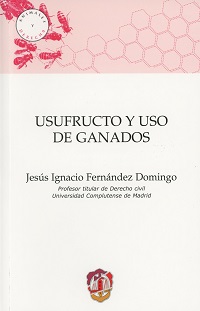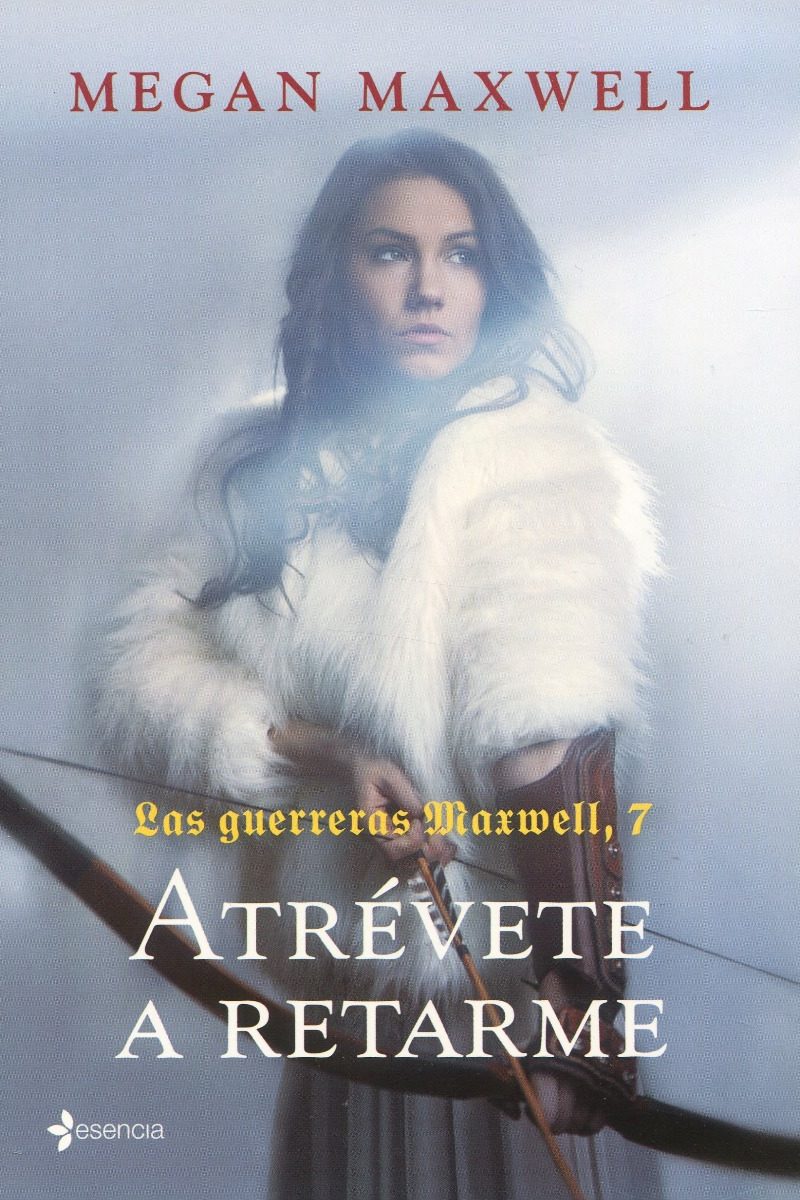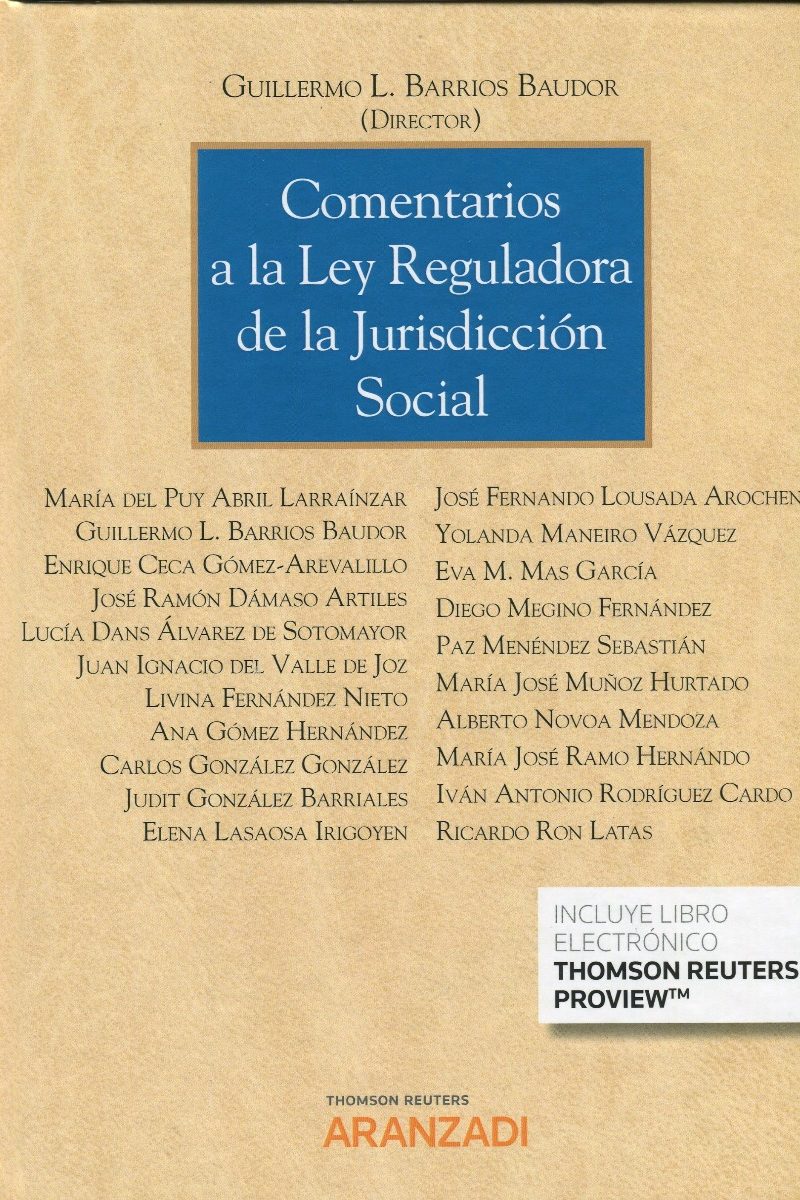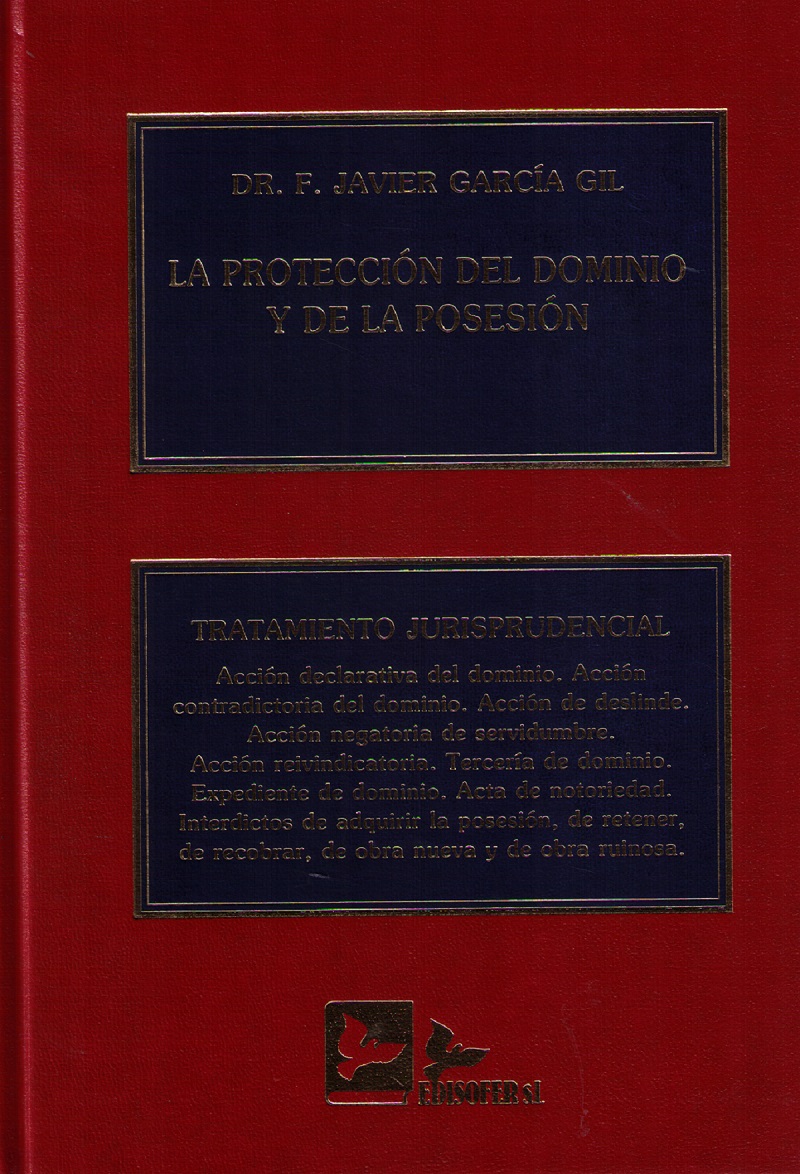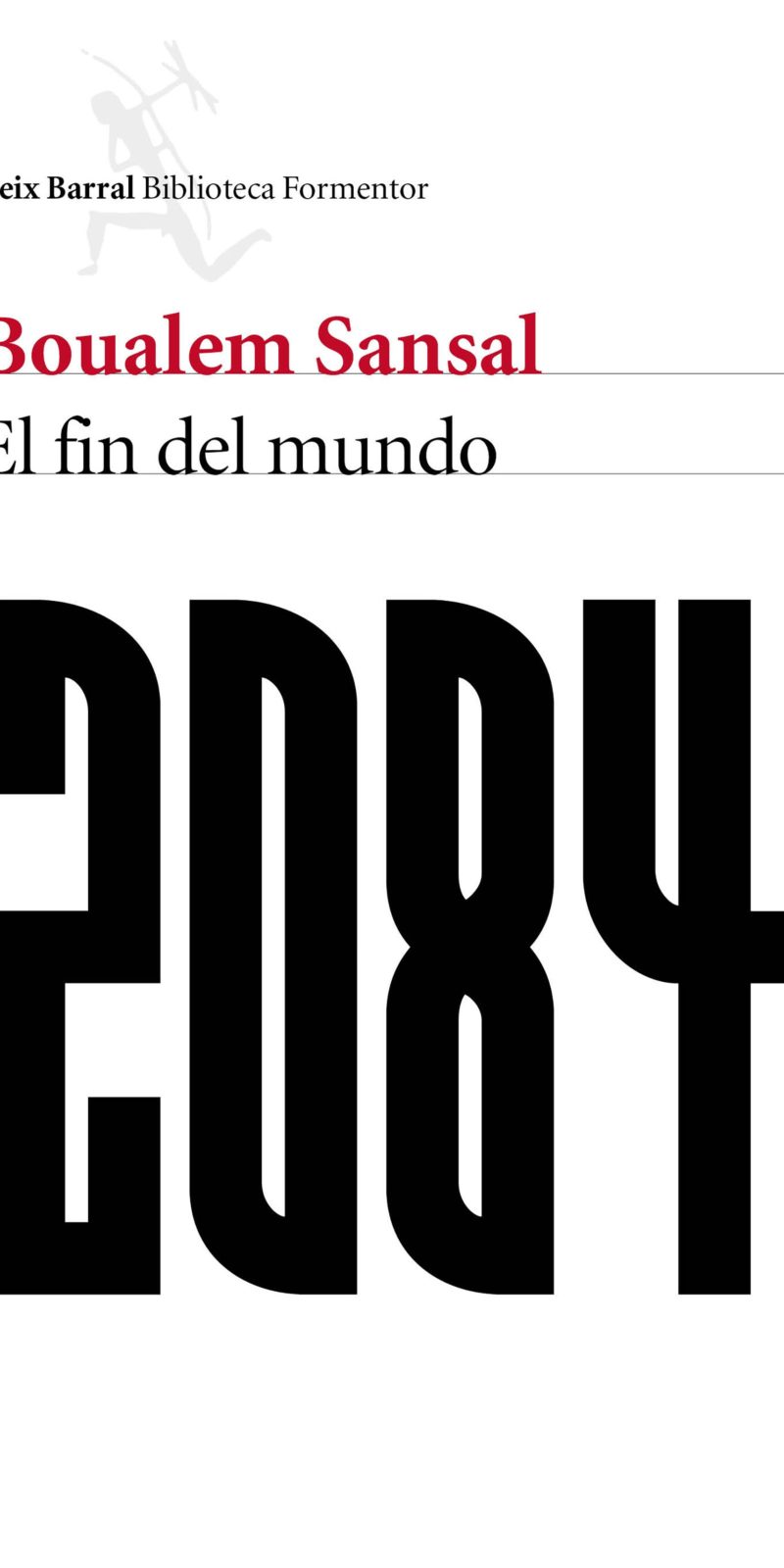Reduvolution. Hacer la revolución en la educación
Actualmente asistimos día a día a situaciones que hace tan solo unos años nos hubieran parecido inverosímiles y, mientras que todo se transforma, el mundo de la educación permanece igual, anclado en un paradigma más cercano al siglo XIX y a la producción industrial que a las dinámicas propias del siglo XXI. Es necesario que iniciemos la rEDUvolution o lo que desde hace algún tiempo se conoce como la revolución educativa.
Preface xix
Acknowledgments xxv
Contributors xxvii
Part I Concepts and Perspectives 1
1 Introduction to the Internet of Things 3
Detlef Schoder
2 Environment, People, and Time as Factors in the Internet of Things Technical Revolution 51
Jan Sliwa
Part II Enablers 77
3 An Overview of Enabling Technologies for the Internet of Things 79
Faisal Alsubaei, Abdullah Abuhussein, and Sajjan Shiva
4 Cloud and Fog Computing in the Internet of Things 113
Daniel Happ
5 RFID in the Internet of Things 135
Akaa Agbaeze Eteng, Sharul Kamal Abdul Rahim, and Chee Yen Leow
6 A Tutorial Introduction to IoT Design and Prototyping with Examples 153
Manuel Meruje, Musa Gwani Samaila, Virginia N. L. Franqueira, Mário Marques Freire, and Pedro Ricardo Morais Inácio
7 On Standardizing the Internet of Things and Its Applications 191
Kai Jakobs
Part III Security Issues and Solutions 219
8 Security Mechanisms and Technologies for Constrained IoT Devices 221
Marco Tiloca and Shahid Raza
9 Blockchain-Based Security Solutions for IoT Systems 255
Göran Pulkkis, Jonny Karlsson, and Magnus Westerlund
10 The Internet of Things and IT Auditing 275
John Shu, Jason M. Rosenberg, Shambhu Upadhyaya, and Hejamadi Raghav Rao
Part IV Application Domains 293
11 The Industrial Internet of Things 295
Alexander Willner
12 Internet of Things Applications for Smart Cities 319
Daniel Minoli and Benedict Occhiogrosso
13 Smart Connected Homes 359
Joseph Bugeja, Andreas Jacobsson, and Paul Davidsson
14 The Emerging “Energy Internet of Things” 385
Daniel Minoli and Benedict Occhiogrosso
15 Implementing the Internet of Things for Renewable Energy 425
Lucas Finco and Daniel Minoli
16 The Internet of Things and People in Health Care 447
Nancy L. Russo and Jeanette Eriksson
17 Internet of Things in Smart Ambulance and Emergency Medicine 475
Bernard Fong, A. C. M. Fong, and C. K. Li
18 Internet of Things Applications for Agriculture 507
Lei Zhang, Ibibia K. Dabipi, and Willie L. Brown Jr.
19 The Internet of Flying Things 529
Daniel Fernando Pigatto, Mariana Rodrigues, João Vitor de Carvalho Fontes, Alex Sandro Roschildt Pinto, James Smith, and Kalinka Regina Lucas Jaquie Castelo Branco
20 An Internet of Things Approach to “Read” the Emotion of Children with Autism Spectrum Disorder 565
Tiffany Y. Tang and Pinata Winoto
21 A Low-Cost IoT Framework for Landslide Prediction and Risk Communication 593
Pratik Chaturvedi, Kamal Kishore Thakur, Naresh Mali, Venkata Uday Kala, Sudhakar Kumar, Srishti Yadav, and Varun Dutt
María Acaso es una productora cultural cuyo interés se centra en desafiar las divisiones entre arte y educación, lo académico y lo popular, la teoría y la práctica, poniendo un especial énfasis en la transformación de los formatos de transmisión de conocimiento. Es socia fundadora del colectivo de Arte + Educación Pedagogías Invisibles, asesora de innovación del Rosan Bosch Studio, además de trabajar de profesora titular en la Facultad de Bellas Artes de la Complutense de Madrid.
Clara Megías es creadora e investigadora en Arte + Educación. Doctora en Educación Artística por la Universidad Complutense de Madrid, con su trabajo reivindica el potencial del arte contemporáneo como herramienta de aprendizaje transversal. Imparte docencia en distintas facultades de Educación de la Comunidad de Madrid y es socia fundadora de Pedagogías Invisibles, donde coordina proyectos de formación de profesorado.

